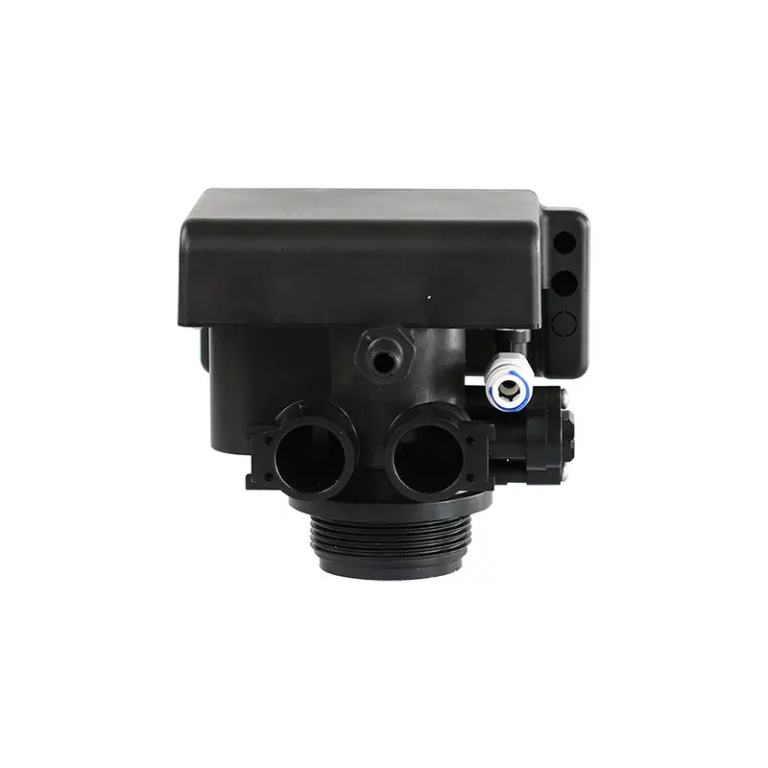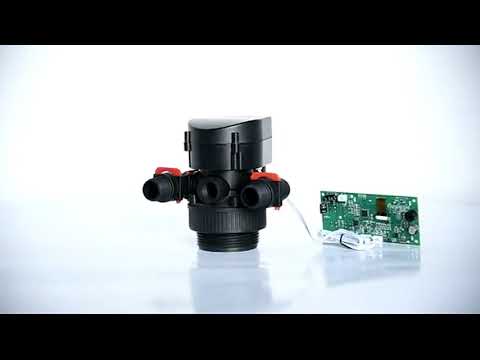“Seamlessly connect and protect your water softener system with our durable pipe fittings.”
Table of Contents
Benefits of Using Brass Water Softener Pipe Fittings
Water softeners are essential devices that help remove minerals such as calcium and magnesium from hard water, making it softer and more suitable for household use. One crucial component of a water softener system is the pipe fittings that connect various parts of the system together. When it comes to choosing pipe fittings for your water softener, brass fittings are an excellent choice due to their numerous benefits.
Brass water softener pipe fittings are known for their durability and longevity. Brass is a strong and corrosion-resistant material that can withstand high water pressure and temperature fluctuations without deteriorating. This means that brass fittings are less likely to leak or break, ensuring that your water softener system operates smoothly and efficiently for years to come.
In addition to their durability, brass fittings are also easy to install and maintain. Brass is a malleable material that can be easily shaped and threaded, making it simple for plumbers to work with. This means that installing brass fittings in your water softener system is a quick and hassle-free process, saving you time and money on installation costs.
Furthermore, brass fittings are highly resistant to dezincification, a process in which zinc leaches out of the brass material, leaving behind a porous and weak structure. This can lead to premature failure of the fittings and potential contamination of the water supply. Brass fittings are specifically designed to resist dezincification, ensuring that your water remains clean and safe for consumption.
| Model | Tube(a) | Stem(b) |
|---|---|---|
| 1801-A | 1/4 | 1/4 |
| 1801-C | 1/4 | 3/38 |
Another benefit of using brass water softener pipe fittings is their aesthetic appeal. Brass has a warm and inviting color that adds a touch of elegance to any plumbing system. Whether your water softener is located in a utility room or basement, brass fittings can enhance the overall look of the space and complement other fixtures and appliances.
In terms of cost, brass fittings may be slightly more expensive than other types of fittings, such as plastic or steel. However, the initial investment in brass fittings is well worth it in the long run due to their durability and longevity. By choosing brass fittings for your water softener system, you can avoid the need for frequent repairs or replacements, saving you money on maintenance costs in the future.
Overall, brass water softener pipe fittings offer a range of benefits that make them an excellent choice for any water softener system. From their durability and resistance to dezincification to their ease of installation and aesthetic appeal, brass fittings are a reliable and long-lasting option that will ensure your water softener operates efficiently for years to come. If you are looking to upgrade your water softener system or are in need of new pipe fittings, consider investing in brass fittings for a high-quality and reliable plumbing solution.
How to Properly Install Water Softener Pipe Fittings
Water softeners are essential for removing minerals such as calcium and magnesium from hard water, which can cause damage to pipes and appliances over time. Proper installation of water softener pipe fittings is crucial to ensure the system functions effectively and efficiently. In this article, we will discuss the steps involved in installing water softener pipe fittings correctly.
First and foremost, it is important to gather all the necessary tools and materials before beginning the installation process. This includes pipe fittings, tubing, a pipe cutter, Teflon tape, and a wrench. Make sure to read the manufacturer’s instructions carefully to ensure you have all the required components for your specific water softener model.
The next step is to shut off the main water supply to your home. This can usually be done by turning off the main shut-off valve located near the water meter. Once the water supply is turned off, open a faucet to release any remaining water in the pipes and relieve pressure.
After the water supply has been shut off, you can begin installing the water softener pipe fittings. Start by cutting the existing water line where you plan to install the water softener. Use a pipe cutter to make a clean, straight cut to ensure a proper seal with the fittings.
| Model | Tube(a) | Stem(b) |
|---|---|---|
| 1801-A | 1/4 | 1/4 |
| 1801-C | 1/4 | 3/42 |
Next, attach the pipe fittings to the cut ends of the water line. Apply Teflon tape to the threads of the fittings to create a watertight seal. Use a wrench to tighten the fittings securely, but be careful not to overtighten as this can cause damage to the fittings or pipes.

Once the fittings are securely in place, connect the tubing provided with the water softener to the fittings. Make sure the tubing is cut to the appropriate length and is free of any kinks or bends that could restrict water flow.
After the tubing is connected, turn the main water supply back on and check for any leaks. It is normal to see some water dripping initially as air is pushed out of the system. If you notice any leaks, tighten the fittings further or reapply Teflon tape as needed.
Once the system is leak-free, program the water softener according to the manufacturer’s instructions. This typically involves setting the regeneration schedule and adjusting the hardness level based on your water quality.

In conclusion, proper installation of water softener pipe fittings is essential for the effective operation of your water softener system. By following the steps outlined in this article and carefully reading the manufacturer’s instructions, you can ensure that your water softener functions efficiently and prolongs the life of your pipes and appliances. If you are unsure about any aspect of the installation process, it is always best to consult a professional plumber for assistance.




